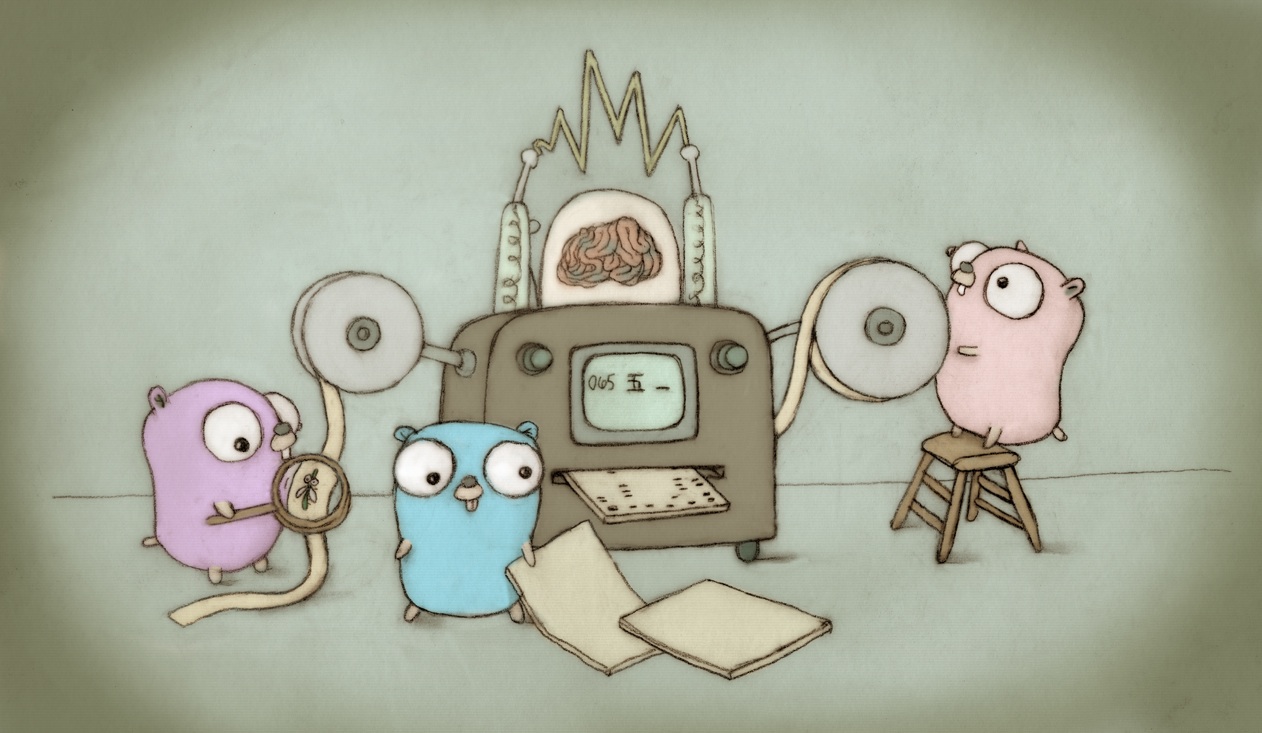The linker performs a global analysis of all nosplit call chains to
check they fit in the stack space ensured by splittable functions.
That analysis has two problems right now:
1. It's inefficient. It performs a top-down analysis, starting with
every nosplit function and the nosplit stack limit and walking *down*
the call graph to compute how much stack remains at every call. As a
result, it visits the same functions over and over, often with
different remaining stack depths. This approach is historical: this
check was originally written in C and this approach avoided the need
for any interesting data structures.
2. If some call chain is over the limit, it only reports a single call
chain. As a result, if the check does fail, you often wind up playing
whack-a-mole by guessing where the problem is in the one chain, trying
to reduce the stack size, and then seeing if the link works or reports
a different path.
This CL completely rewrites the nosplit stack check. It now uses a
bottom-up analysis, computing the maximum stack height required by
every function's call tree. This visits every function exactly once,
making it much more efficient. It uses slightly more heap space for
intermediate storage, but still very little in the scheme of the
overall link. For example, when linking cmd/go, the new algorithm
virtually eliminates the time spent in this pass, and reduces overall
link time:
│ before │ after │
│ sec/op │ sec/op vs base │
Dostkcheck 7.926m ± 4% 1.831m ± 6% -76.90% (p=0.000 n=20)
TotalTime 301.3m ± 1% 296.4m ± 3% -1.62% (p=0.040 n=20)
│ before │ after │
│ B/op │ B/op vs base │
Dostkcheck 40.00Ki ± 0% 212.15Ki ± 0% +430.37% (p=0.000 n=20)
Most of this time is spent analyzing the runtime, so for larger
binaries, the total time saved is roughly the same, and proportionally
less of the overall link.
If the new implementation finds an error, it redoes the analysis,
switching to preferring quality of error reporting over performance.
For error reporting, it computes stack depths top-down (like the old
algorithm), and reports *all* paths that are over the stack limit,
presented as a tree for compactness. For example, this is the output
from a simple test case from test/nosplit with two over-limit paths
from f1:
main.f1: nosplit stack overflow
main.f1
grows 768 bytes, calls main.f2
grows 56 bytes, calls main.f4
grows 48 bytes
80 bytes over limit
grows 768 bytes, calls main.f3
grows 104 bytes
80 bytes over limit
While we're here, we do a few nice cleanups:
- We add a debug output flag, which will be useful for understanding
what our nosplit chains look like and which ones are close to
running over.
- We move the implementation out of the fog of lib.go to its own file.
- The implementation is generally more Go-like and less C-like.
Change-Id: If1ab31197f5215475559b93695c44a01bd16e276
Reviewed-on: https://go-review.googlesource.com/c/go/+/398176
Run-TryBot: Austin Clements <austin@google.com>
Reviewed-by: Than McIntosh <thanm@google.com>
Reviewed-by: Cherry Mui <cherryyz@google.com>
TryBot-Result: Gopher Robot <gobot@golang.org>
|
||
|---|---|---|
| .github | ||
| api | ||
| doc | ||
| lib/time | ||
| misc | ||
| src | ||
| test | ||
| .gitattributes | ||
| .gitignore | ||
| AUTHORS | ||
| codereview.cfg | ||
| CONTRIBUTING.md | ||
| CONTRIBUTORS | ||
| LICENSE | ||
| PATENTS | ||
| README.md | ||
| SECURITY.md | ||
The Go Programming Language
Go is an open source programming language that makes it easy to build simple, reliable, and efficient software.
 Gopher image by Renee French, licensed under Creative Commons 3.0 Attributions license.
Gopher image by Renee French, licensed under Creative Commons 3.0 Attributions license.
Our canonical Git repository is located at https://go.googlesource.com/go. There is a mirror of the repository at https://github.com/golang/go.
Unless otherwise noted, the Go source files are distributed under the BSD-style license found in the LICENSE file.
Download and Install
Binary Distributions
Official binary distributions are available at https://go.dev/dl/.
After downloading a binary release, visit https://go.dev/doc/install for installation instructions.
Install From Source
If a binary distribution is not available for your combination of operating system and architecture, visit https://go.dev/doc/install/source for source installation instructions.
Contributing
Go is the work of thousands of contributors. We appreciate your help!
To contribute, please read the contribution guidelines at https://go.dev/doc/contribute.
Note that the Go project uses the issue tracker for bug reports and proposals only. See https://golang.org/wiki/Questions for a list of places to ask questions about the Go language.